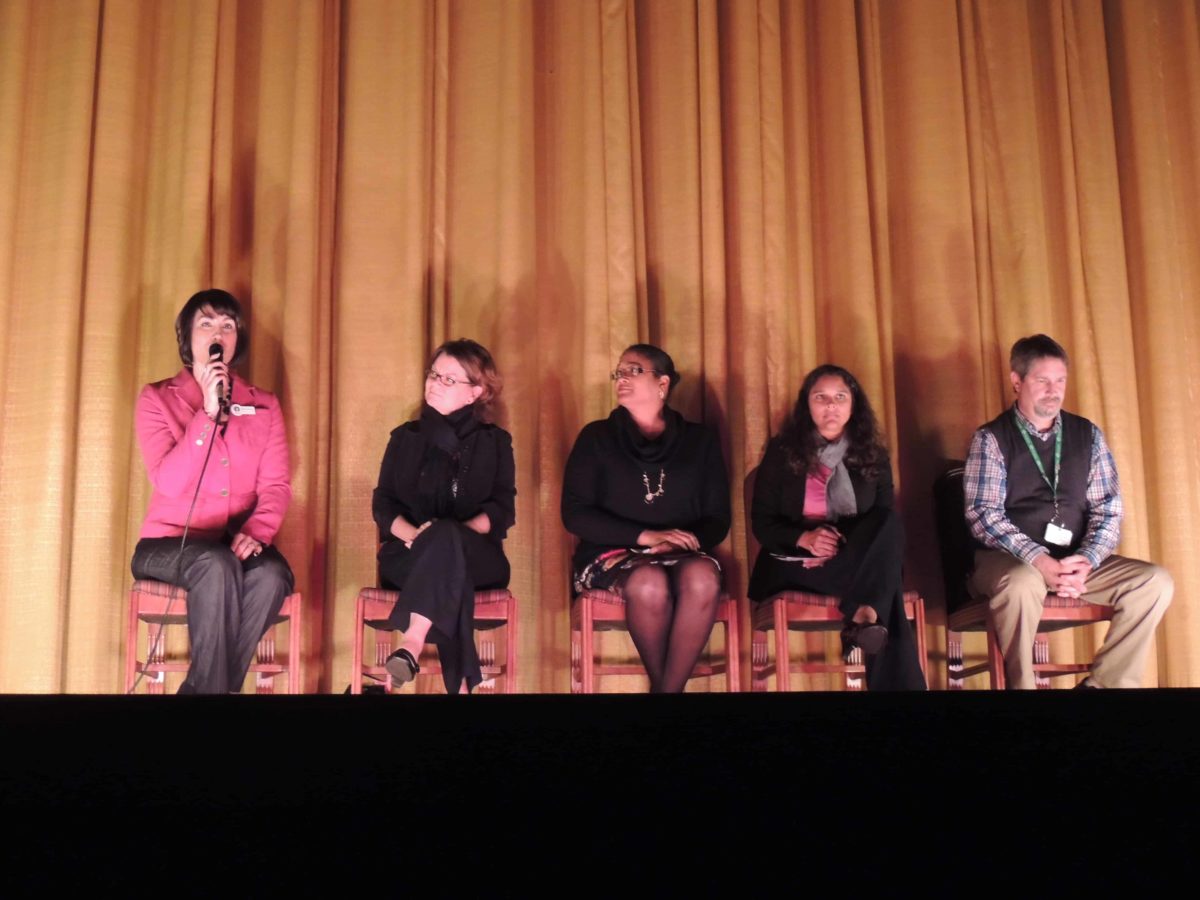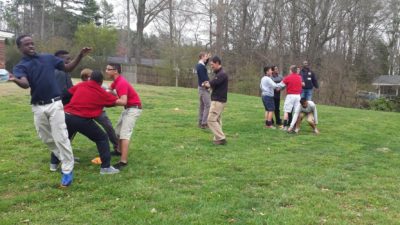
What is in a name?
I’ve thought a great deal about this since delving into topics which have tremendous overlap, yet a range of labels including adverse childhood experiences (ACEs), trauma, compassionate schools, and safe and supportive learning environments.
The language we use when discussing these issues and ideas has a tremendous impact on if and how school communities choose to address student needs related to their physical, academic, and social well-being. The words we choose to use frame the entire conversation and can determine the levels of interest, aversion, disconnect, and connectedness those within our schools and communities feel.
When I returned from the Mountain Area Health and Education Center (MAHEC) ACEs Summit this past fall, I felt it was imperative to first gain a general sense of what the educators in the schools I work with currently knew and felt about the types of negative experiences our students and their families face.
We conducted a 34 question survey on educators’ understanding of trauma, which we adapted from Buncombe County ACEs website. Questions on the prevalence, causes, and impacts of trauma provided us with a clearer sense of how nearly 300 teachers in Kannapolis City Schools and Cabarrus County Schools recognize and respond to trauma in their school communities. Generally, the responses were encouraging, but several red flags were raised across all the schools’ responses.
One-third of respondents stated that they did not feel that most students had experienced any type of trauma. At first, I was honestly shocked. In just six months working as a case manager to middle and high school age boys, I heard countless stories of adversity including domestic violence, mental illness, substance use by a caregiver – the experiences of our students run the gamut. My concern about some of the teachers’ responses changed somewhat when I began to recognize the common misconceptions about trauma and all of its various meanings.
Once I began speaking with teachers and administrators in various settings where I could take the time to describe the 10 most common ACEs, I saw head nods (and even got a few “Amens!”) from around the room. Teachers did know that many of their students were experiencing these events every day but didn’t always recognize how or why the term “trauma” applied.
Trauma is commonly associated with a serious car accident or a deadly natural disaster. It can be more difficult to make the connections between constant, chronic stress, and its adverse impacts on a student’s ability to behave, learn, and interact at the levels necessary to be successful.
But brain scans and clear scientific data on the science of trauma are tough, if not impossible, to argue with. They show the direct impact that toxic stress has on children’s brain development, making it extraordinarily difficult to listen, comprehend, and retain information as well as non-traumatized students. The negative influences that ACEs have on students, particularly those without a strong network of protective factors to increase students’ resiliency, can impact their ability to fairly weigh risks versus rewards or clearly think ahead with a sense of future orientation about what the negative consequences of cursing out a teacher or hitting another student might be.
Despite the positive outcomes of these conversations on ACEs and trauma, we still felt like the word wasn’t being spread fast enough. We began to plan for a community-wide screening of Paper Tigers, a film we had viewed at the ACEs Summit that had stuck with us because of the similarities between the movie and our own experiences.
Paper Tigers focuses on an alternative high school in Walla Walla, Washington. The principal of the school had been struck by a training on trauma and its impact on learning and behavior. He instructed his staff to learn about ACEs and the school began to shift from a punitive system to a trauma-informed educational setting. The movie did not claim that this shift was simple, fast, or even that it would solve everything; what it showed is that by building a sense of rapport and showing unconditional empathy for students, positive changes can result.
We worked closely with both school districts, as well as the local Gem Theater in downtown Kannapolis, to plan for a free screening of the movie. We hoped for 200 attendants.
But after presenting about ACEs to more than 200 school staff members throughout Cabarrus County for two months prior to the screening, we were happily surprised when nearly 400 community members, teachers, students, and administrators arrived. Maybe it was the free popcorn we provided, but I like to think that it was the desire to learn more about the topic and to connect with one another to share ideas and possible solutions that brought out such a crowd on a rainy Monday evening in December.
Following the film, we hosted a panel of local experts, including principals, mental health providers, and child advocates to share with the crowd their perspectives on the issue of ACEs and the widespread impacts they have on our community.
In subsequent meetings with educators, we circled back on what exactly we were hoping to label this shift in perspectives. We talked about the pros and cons of all the possibilities: “Trauma” can seem too harsh and may isolate individuals from the conversation before it even begins – however, it is important that people recognize just how huge the impact of trauma can be on students and therefore it deserves a place in the conversation. “Safe and supportive schools” is inviting and wide-reaching – almost to a fault, some educators shared. Everyone likes to think of their school as a safe and supportive place for students and staff and therefore might be less likely to feel a sense of urgency in addressing these issues. “Compassionate schools” and the difficult yet important work that goes along with creating these types of environments sounded, for some, like it might just add another to-do item on the already too-long tasks of teachers.
We went back and forth in several meetings until we finally decided that in order to increase the sense of ease and buy-in of teachers, we would employ the term of “safe and supportive schools” in our introductory conversations and trainings with educators, but would work diligently to include our definitions of trauma and ACEs and to clearly draw the connection between all these topics in order to create and enhance school communities where all members feel safe, encouraged, accepted, and connected.


